A solid rifle, good ammo, and a well-made scope are the keys to getting accurate and precise rounds on target, right?
Well, we forget one thing; the glue that holds the rifle to the scope — the scope mount. Without a good mount, you won’t have a good zero.
Without a good zero, you won’t hit your target when needed.
So let’s talk scope mounts, and hopefully, the only question you’ll have at the end is FDE or Black.
Table of Contents
THE QUICK LIST
Why You Should Trust Us
I am a Marine veteran with plenty of time spent behind big guns. I also am an NRA-certified instructor and concealed carry trainer out of Florida. I spent hours at my home range testing, analyzing, and reviewing guns and gear — to include optics and scope mounts.

There are hundreds of different options that range from crap to holy crap, and by holy crap, I mean some cost as much as some guns I own.
It’d be easy to toss only expensive mounts on this list, but I wanted to make a list the majority of shooters could get. This doesn’t mean cheap, but I’m mostly aiming for affordable.
Best Scope Mounts
1. Vortex Viper Riflescope Rings
Vortex makes some excellent optics across all budgets, and their rings are no different.
These quality rings are affordable and come in low, medium, and high designs. They are designed for both Picatinny and Weaver bases as well.
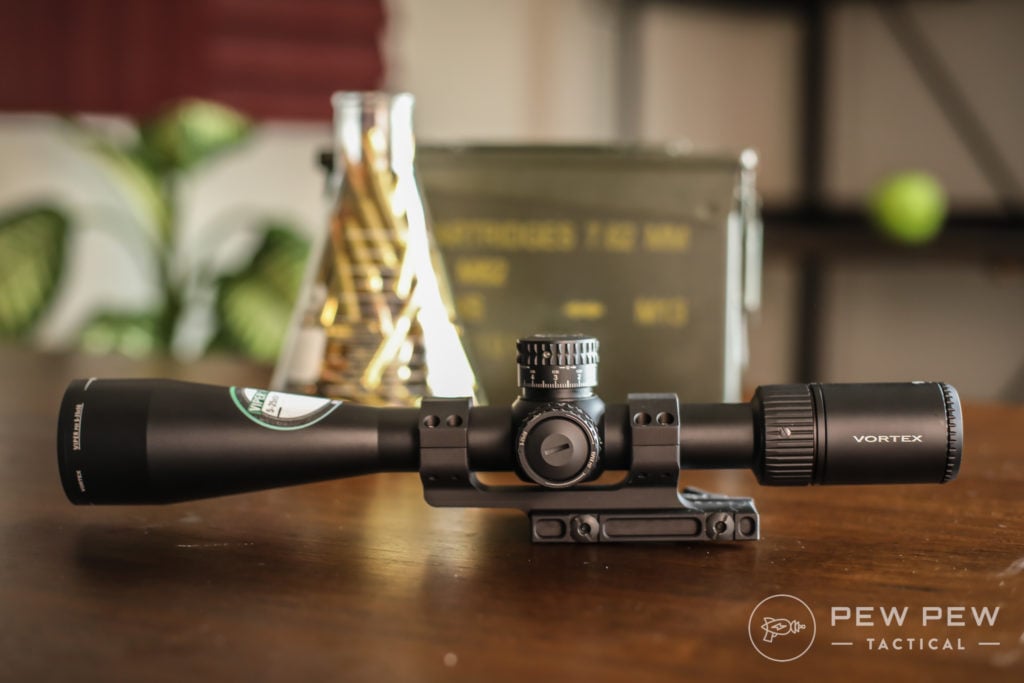
Their Viper Rings are machined from 6061-T6 aluminum and use Torx-style socket cap screws to mount your riflescope easily. They are available in both 1-inch and 30mm configurations as well.
These are very secure scope rings, and I like the opening design. Having the Torx screws at the top makes it easier to access them.
This also prevents you from overtightening on one side versus the other as you install your scope.
2. Spuhr QDP
If you are going to spend big money on a good rifle and good glass, then you need to be willing to spend the money necessary to get a good scope mount.
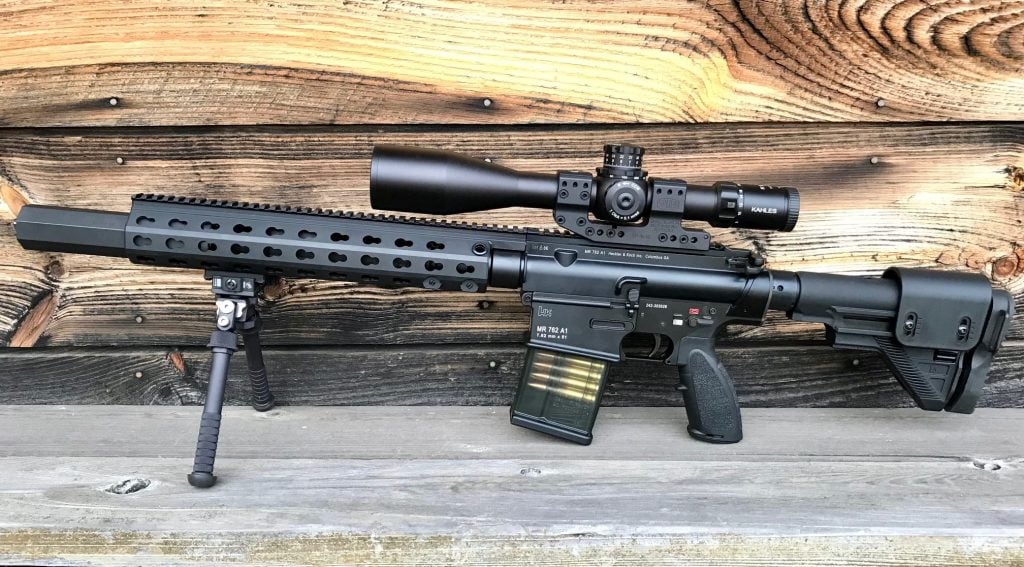
A long-range rifle is often high-powered; to maximize the range, you’ll need a powerful optic, which often means a heavy optic. High recoil and a heavy optic require you to have a robust scope mount.
You don’t get any more robust than the Spuhr mounts. Specifically, the Spuhr QDP series, which I think is one of the best mounts on the planet.
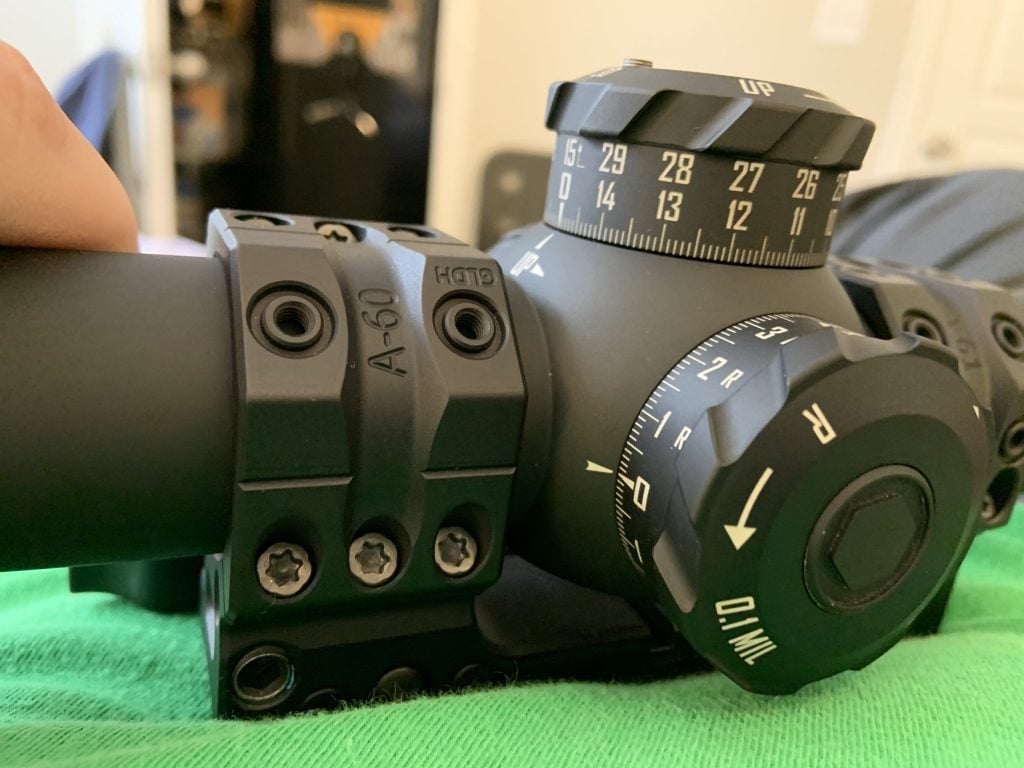
The QDP line features a quick detach lever system. I love a good QD system, and the Spuhr setup locks the thing down and keeps it locked in place without issue. You don’t have any kind of movement when you shoot at extreme ranges.
These mounts come in both straight and cantilever styles with a rock-solid locking system. Load it up, lock it down, and have confidence that you won’t miss what you need to hit when your optic is mounted in a Spuhr mount.
3. Aero Ultralight Mount
Aero Precision makes a lot of great stuff for the AR platform, and you can count on them to deliver something with a tremendous amount of value for the cost.
The Ultralight Mount is one of those products that provide great value. Living up to its name and weighing roughly 3.25 ounces, the Aero mount is strong enough for just about any use case and rifle combo but still light enough not to ruin your build.
What’s your take on the Aero Lightweights? Rate them below!
4. Leupold Dual Dovetail
Leupold is a famed optics and optics accessories manufacturer. The Leupold Dual Dovetail Rings are perfect for getting a low and secure mount on your dovetail-equipped rifle.
This is a simple, rugged setup that is easy to install and well-suited for hunting rifles. I appreciate the simplicity of a dovetail mount system. It’s not for everyone, and it’s a bit out of style these days, but it still works.
Leupold is undoubtedly doing their best to support dovetail set-ups and is one of the few significant players still producing dovetail bases and rings.
5. Burris AR-P.E.P.R.
Brevity doesn’t seem to be in Burris’ wheelhouse when it comes to naming optics mounts.
The AR-P.E.P.R. is a cantilever mount for modern rifles available in both standard and QD configurations.
The P.E.P.R is a solid mount if a little bit on the heavier side at 8.7 ounces. It is available in 1-inch, 30mm, and 34mm configurations.
It sports two sections of Picatinny rails on the top of each ring, making it easy to attach a miniature red dot as a backup sight. The cantilever also gives you two inches of forward scope position, making it perfect for MSRs.
The Burris AR-P.E.P.R. is an excellent design and an affordable one. It’s also backed by one of the best warranties in the business.
6. Warne QD rings
For quality QD rings, look no further than Warne. Like the Vortex rings, the screws are at the top, making it easier to take apart and install an optic.
The QD aspect is a simple large throw lever. It’s easy to reach and grip, even with an optic sitting right over it. The Warne rings come in 1-inch and 30mm models for both Picatinny rails and dovetail bases.
The rings also come in low, medium, and high heights. The lever is also indexable, which means you can position it where you need and want it for easy removal.
Warne has long been known for their precision machining and solid build quality. For the money, they are hard to beat.
7. Scalarworks LEAP Mounts
When it comes to red dot mounts, it’s tough to beat Scalarworks. They produce some top-tier stuff, and as a shotgun nerd, I love the Sync mount system, and for rifles, it’s going to be tough to be the LEAP mounts.
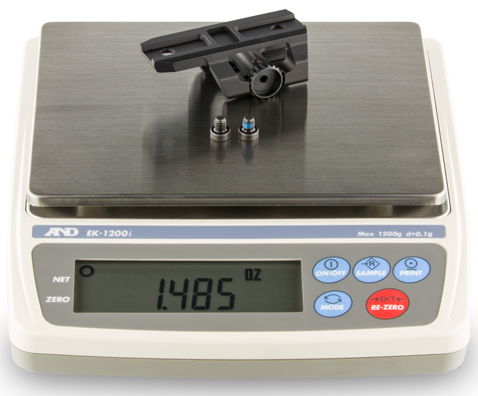
These are made for specific footprints and are made in various heights. You can use optics like the Trijicon MRO, the RMR, the Aimpoint T and H series, the CompM5, the Pro, and many more with these mounts. If it’s a pro-grade optic, there is likely a LEAP mount made for it.
Height-wise, you get lower 1/3rd, absolute, and the heads-up 1.93-inch mounts available. These mounts are ultra-light and slide in under 2 ounces or so.
Scalarworks trimmed the sides to eliminate any kind of levels or bolts hanging off the mounts. Those things find a way to grab your clothing and gear and, on some platforms, provide a nice means to smash your knuckles.
The Click Drive quick detach mechanism allows for easy and smooth attachment and detachment a nice positive attachment. It’s recoil-proof, self-adjusting, and just ultimately fantastic if you want a modern red dot mount.
It’s well suited for your modern semi-auto carbine, and it’s a professional grade mount with a professional grade purpose.
8. Dueck Defense RBU
Replacing your rear sight with an optic mounting plate can be tricky. It works fine for competition and plinking but can be suspect for home defense, concealed carry, and similar applications. The one rear sight replacement that defies this expectation is the Dueck Defense RBU.
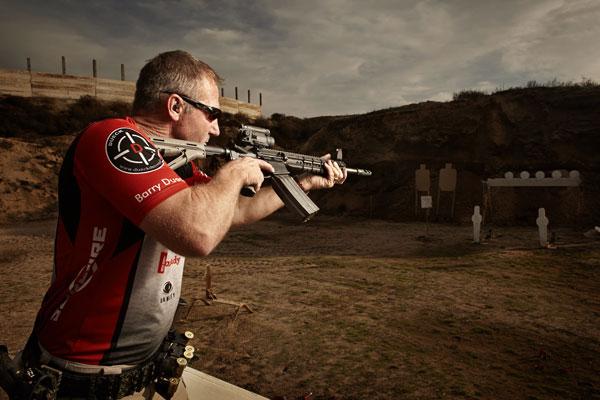
This is as tough as they get and provides you with a very solid mounting system that’s dependable, easy to install, and comes with a set of backup irons. It’s a plate that mounts to the rear sight channel and front and rear iron sight for co-witnessing with your red dot.
The RBU comes in several different configurations to accommodate various optic footprints. This includes Trijicon, Docter, and many more. If it’s a mainstream dot, there is probably a Dueck for it.
The design is rugged, and CNC machined from US Mill-certified bar stock. It’s nitride coated and made to last.
This isn’t a hobbyist take on mounting a red dot to your pistol. The RBUs are even compatible with the majority of RDS-compatible holsters as well.
Types of Mounts
Like everything in the firearms world, you have options. Lots and lots of options. This isn’t just options for different companies, but different options for mount designs.
The two primary choices are one-piece mounts and scope rings. Choosing between the two will depend on a few different factors.
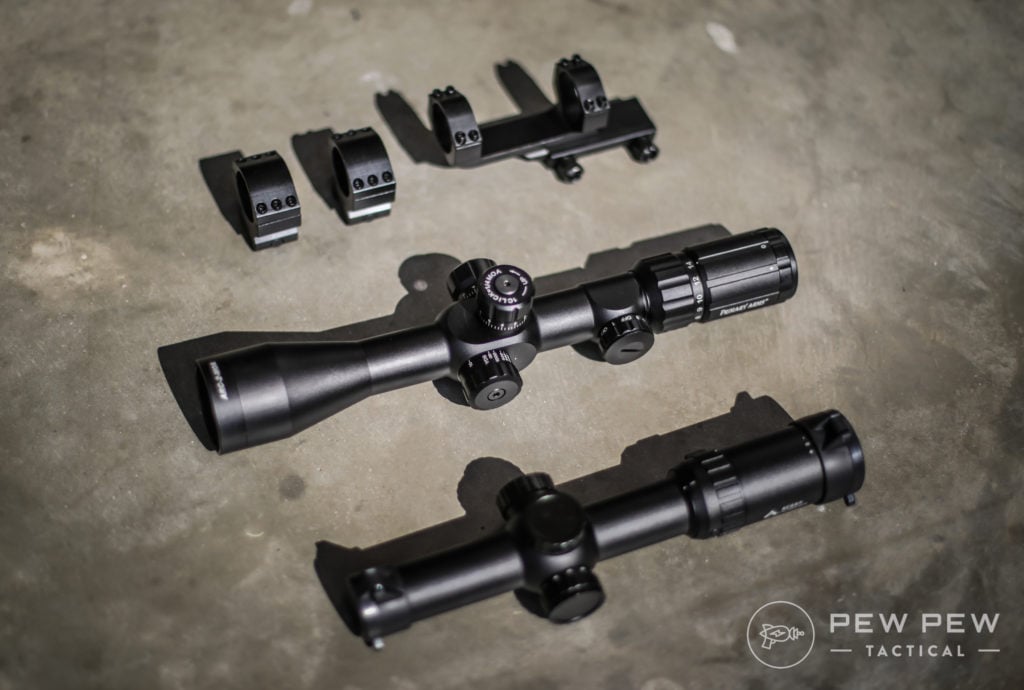
In some cases, it will just be a personal preference. In others, it will be based on how your rifle is set up or what you want your gun to achieve.
Let’s talk about each design…
One Piece
One-piece mounts are all the rage these days. They are simple, easy to mount and dismount, and perfect for the modern tactical rifle.
Most will require a rail base like those on flat-top AR 15s.
One-piece mounts are very rigid and robust and often built at heights that work well with modern rifles.
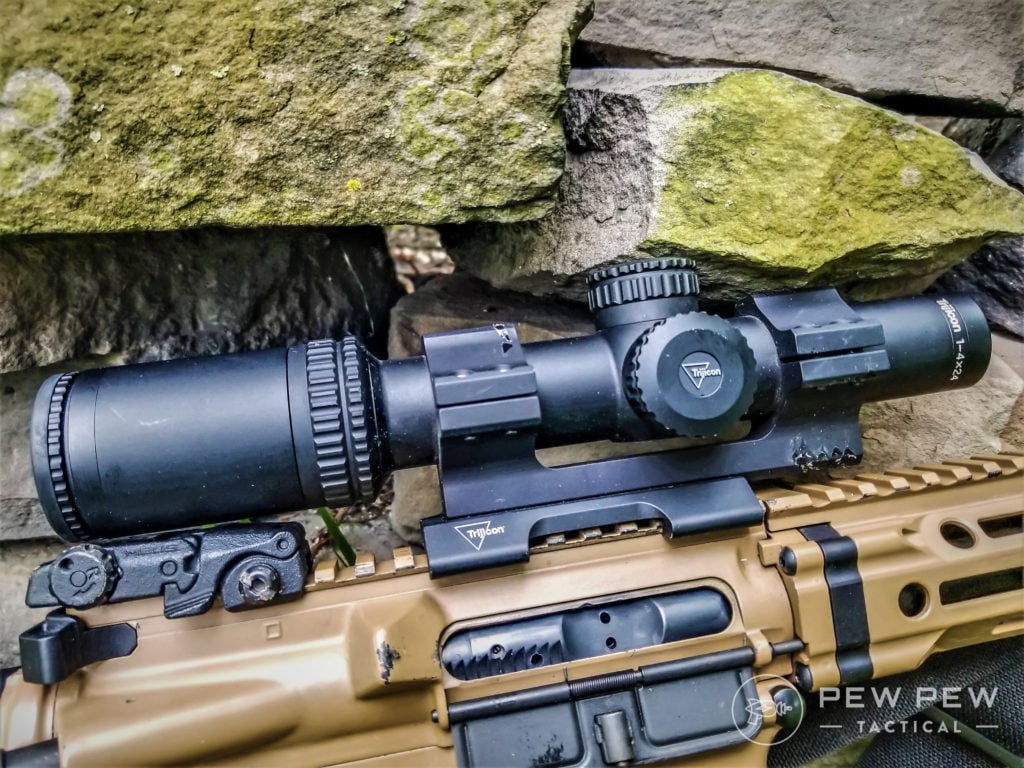
One-piece mounts do tend to be heavier than rings, and if you are trying to trim ounces, these aren’t the choice for you. These mounts are best suited for semi-auto rifles, in my opinion.
Scope Rings
Scope rings are just that — two rings that attach to the gun, and then the scope is mounted in them. The design is simple and has worked for generations.
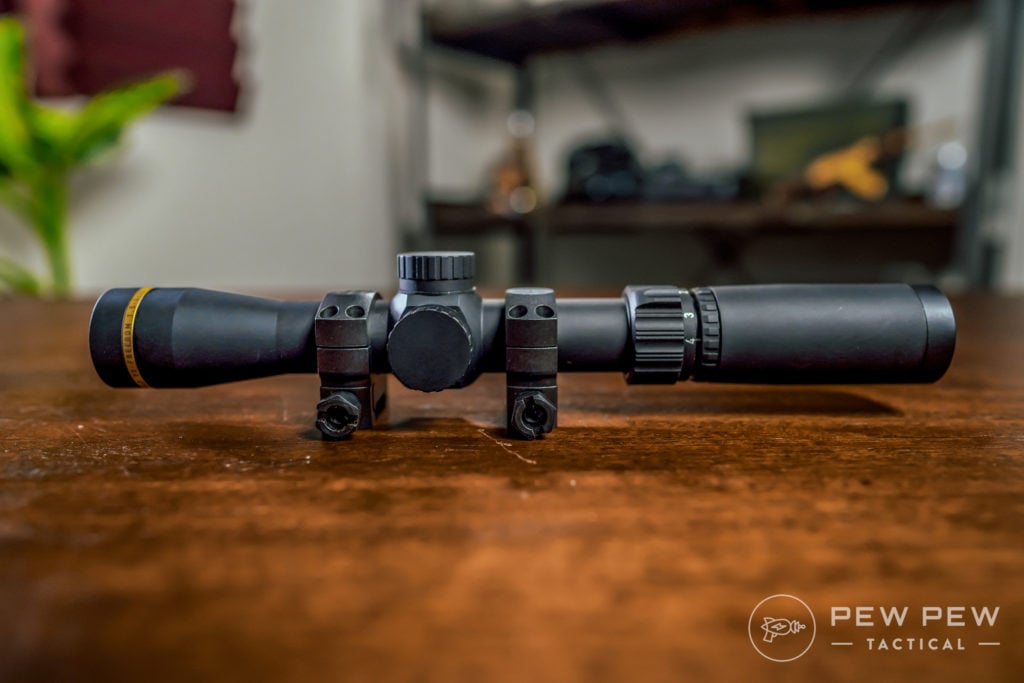
Scope rings are lighter in weight and generally a bit cheaper than most one-piece mounts when comparable quality is taken into account.
They are usually more natural to use with bolt-action rifles, as one-piece mounts can get in the way of the bolt while it is being actuated.
Compared to one-piece mounts, rings are a bit more complicated to attach and aren’t as rigid, but with a little practice, they aren’t hard to figure out.
Base Types
Not only are there different mounts, but there are different bases to which they attach. You have to match the base to the mounting system, so it’s crucial you understand the difference between the two.
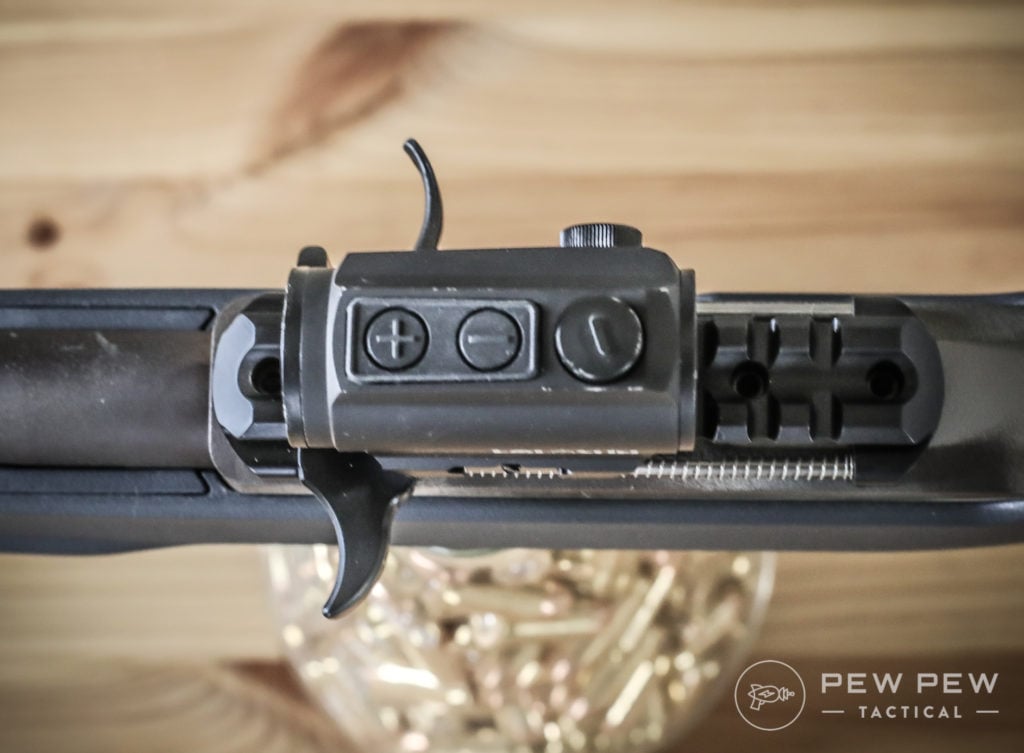
Here are a few of the most universal mounting systems.
Weaver and Picatinny
Rails, we all know them, and we all love them; they changed how we could attach accessories to guns. When it comes to optics, there are two you need to know about, Weaver and Picatinny.
There are slight dimensional differences between Picatinny and Weaver rails and bases. In most cases, rings or mounts made for Picatinny mounts will work with Weaver bases and vice versa.
However, this isn’t always the case, and it’s hard to say that specific mounts will work with particular bases if they do not match. Picatinny rails are the military standard, and Weaver is a commercial standard that predates it.
Mounts have bolts or cross-slots that fill the empty sections of these rails to keep the optic from sliding rearward with recoil and make it impossible for the scope to slip in transit or travel of any kind.
Picatinny rails are broader and deeper than Weaver rails, and this is where you may run into issues. If the mount features cross slots and bolts designed to strict Picatinny standards, it won’t fit into a Weaver base. However, Weaver mounts will fit Picatinny rails as far as I know.
Another issue is that weaver mounts may have irregularly placed slots, making mounting a one-piece difficult due to the uneven spacing. Picatinny rails always have evenly placed rails.
I suggest matching Weaver with Weaver and Picatinny with Picatinny when in doubt.
Dovetail
Dovetail mounts can come in different sizes and styles, but they generally refer to an inverted trapezoid (dovetail) shaped track that runs parallel to the bore. They are simple and work well.
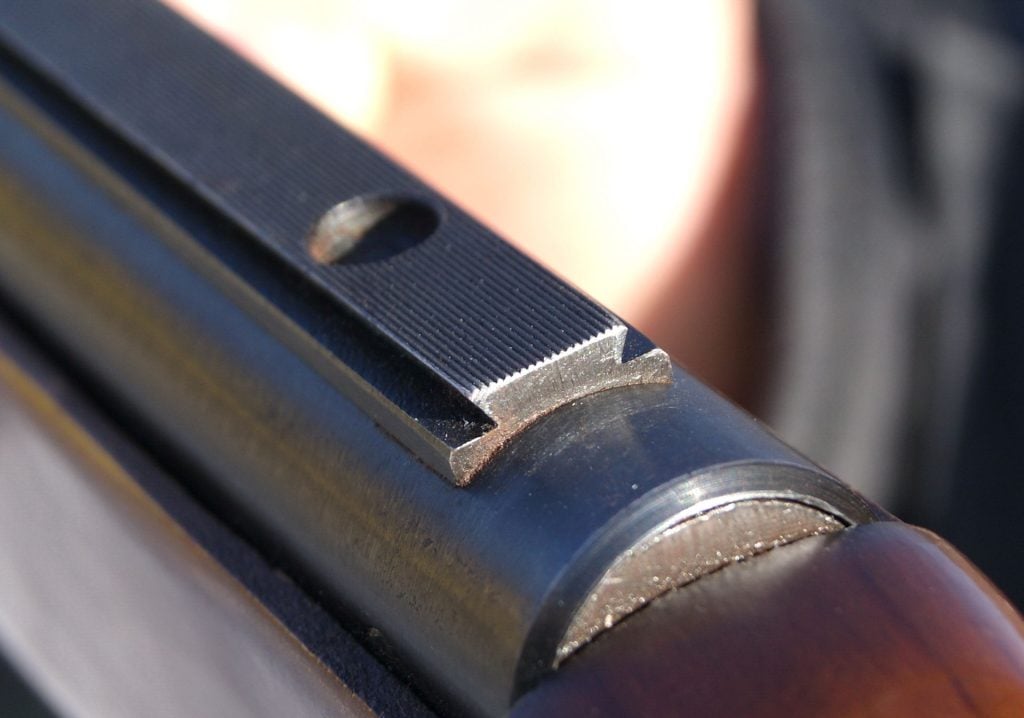
Another type of dovetail rail you may see is the one that utilizes a lightweight, two-piece system with a rotating locking base. You’ll see these mostly on bolt action rifles.
Some Dovetail bases will only have a forward slot, and the rear ring and base can be adjusted almost like a rear sight. This design adds extra left and right adjustment to an optic.
Dovetails are a remarkably lightweight and very sturdy system. They get the scope nice and tight to the bore of your rifle.
Integral
Integral designs are when the base and ring or mount are one solid piece. This super simple option is preferred if you want to keep things simple.
Of course, your rifle will have to be built to accept an integral mount. Many bolt actions are, but zero AR-15s are. So know that going into it.
It’s a very low-maintenance solution to the scope mounting problem.
Offset Mounts
These mounts push the scope forward. These are designed mostly for AR pattern rifles. as the gun was originally intended for carry handle iron sights.
If you mount with a traditional system, you’ll likely end up with the optic too far rearward, making it challenging to use.
An offset mount allows you to install the optic with the rings pushed forward, positioning the scope further from your eye to provide proper eye relief. This makes it much more comfortable to use powerful variable optics on an AR platform.
What About QD?
QD, or Quick Detach, systems are gaining popularity. A QD system is quick to mount and dismount and usually uses a locking throw lever design.
These systems are easy to install, and there is no worry about tightening them too little or too much.
With a QD mount, it is easy to remove an optic from a gun and retain a relative zero. It needs to be installed on the same rail position it was zeroed on to maintain the zero.
This allows you to efficiently run multiple optics on one gun. It’s easy to swap between a red dot and a variable optic with a QD mounting system or even swap between daylight and nighttime optics.
Mount Height
Typically, you want to mount your scope as low as possible without touching the barrel — this aids in keeping your adjustments accurate and getting the most out of them.
With that in mind, the size of your scope’s objective lens and barrel profile (thickness) will determine the ring height needed.
The general rule of thumb to follow with mount sight and objective lenses is:
A 40mm or smaller objective lens uses low mounts.
A 42-45mm objective lens uses a medium mount.
50mm and up will use a high scope mount.
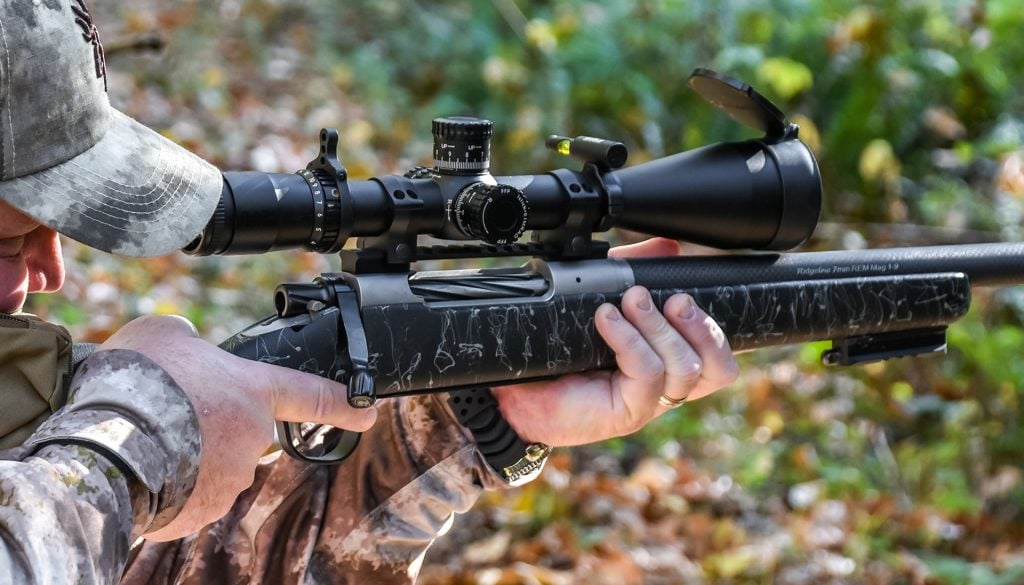
These measurements are taken with a standard contour barrel — nothing fancy here.
Final Thoughts
The world of scope mounts is enormous, and the impact of your choices is way more significant than most people expect.
Outside of some necessities, a lot of your choices should be personal preference. This means I want to turn it over to you folks.
Do you prefer a specific style of mounting? What works for you? Let us know in the comments below! Haven’t picked out a scope yet? Check out our hands-on review of the 10 Best Rifle Scopes: All Types and Budgets!











































